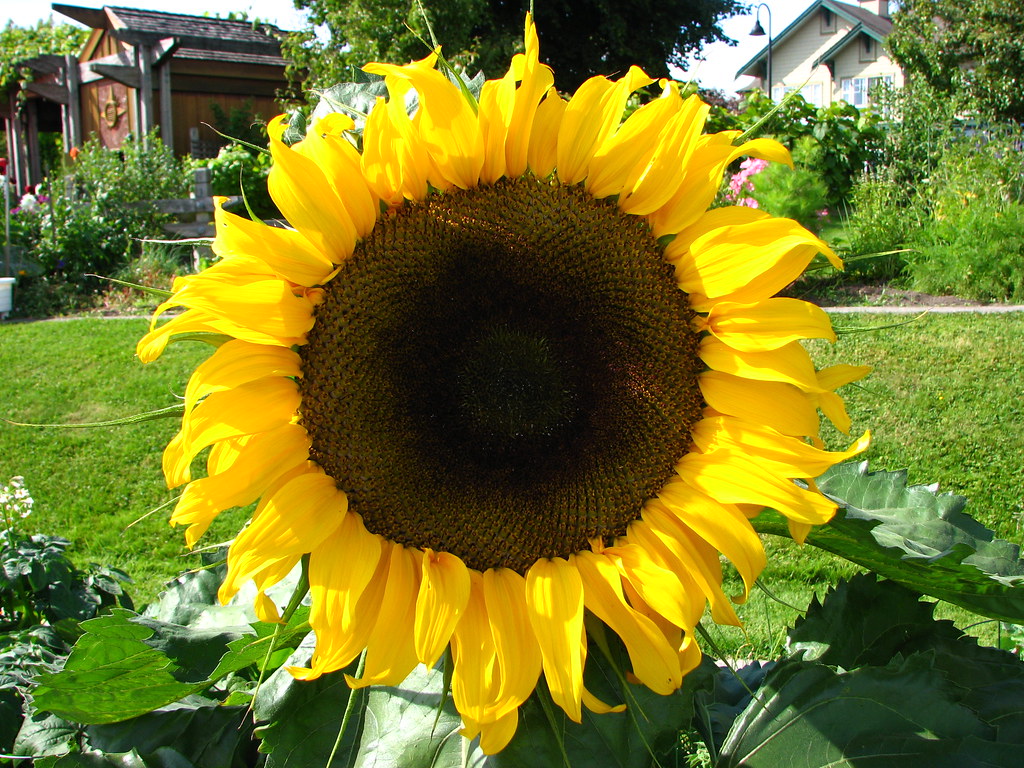Sunflowers (Helianthus annuus) are iconic summer blooms known for being easy to grow and can be both annuals and perennials, adding vibrant color and impressive height to gardens.

Companion planting involves growing different plants together to mutually benefit each other. This technique can help repel pests, attract beneficial insects, and enhance soil nutrients. Sunflowers, in particular, benefit greatly from companion plants, as they can shield them from pests and enhance pollination.
Several plants thrive as companions to sunflowers, and these include:

While many plants thrive with sunflowers, some do not. For example:
Sunflowers require full sun and well-drained soil. Companion plants should have similar growing conditions to avoid competition for nutrients and water. A strong start with compost and fertilizer is crucial for optimal growth.

Historically, a planting method involving sunflowers, beans, corn, and squash has been used. The inclusion of sunflowers strengthens this group by providing structural support and pest defense. The beans add nitrogen to the soil, while squash benefits from the ground cover provided by the other plants.
Garden experts like Laura Janney emphasize the importance of companion planting for pest control and plant health, particularly highlighting the role of sunflowers in enhancing garden biodiversity and resilience.

Sunflowers not only serve an aesthetic purpose in the garden but also enhance its functionality and productivity. By choosing the right companion plants and understanding their interactions, gardeners can create a thriving and symbiotic garden ecosystem.


Immerse yourself in architecture’s most boundary-pushing ideas—where innovative home improvements meet visionary urban developments. Discover new building techniques, materials, and creative concepts that are redefining how we shape our spaces on a global scale.